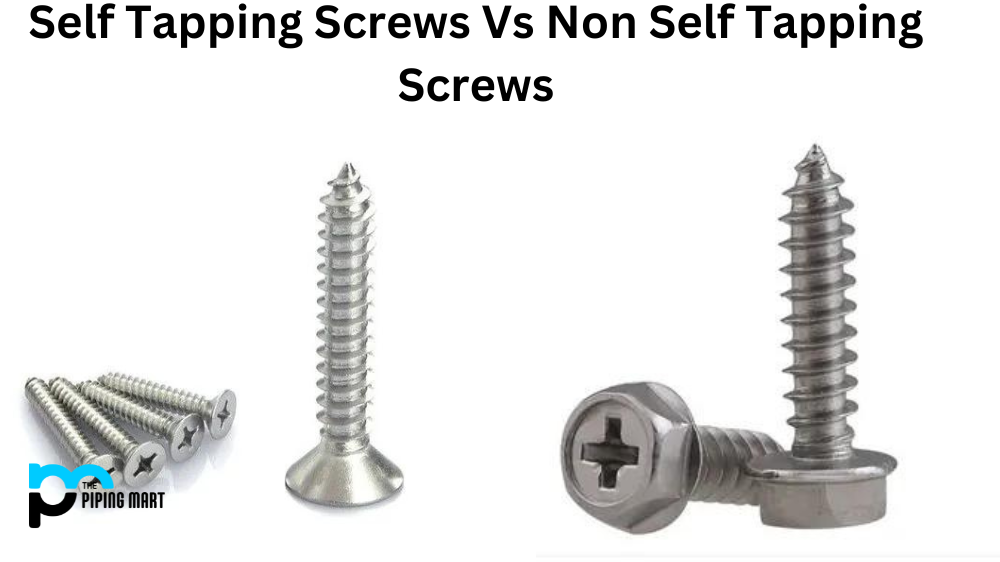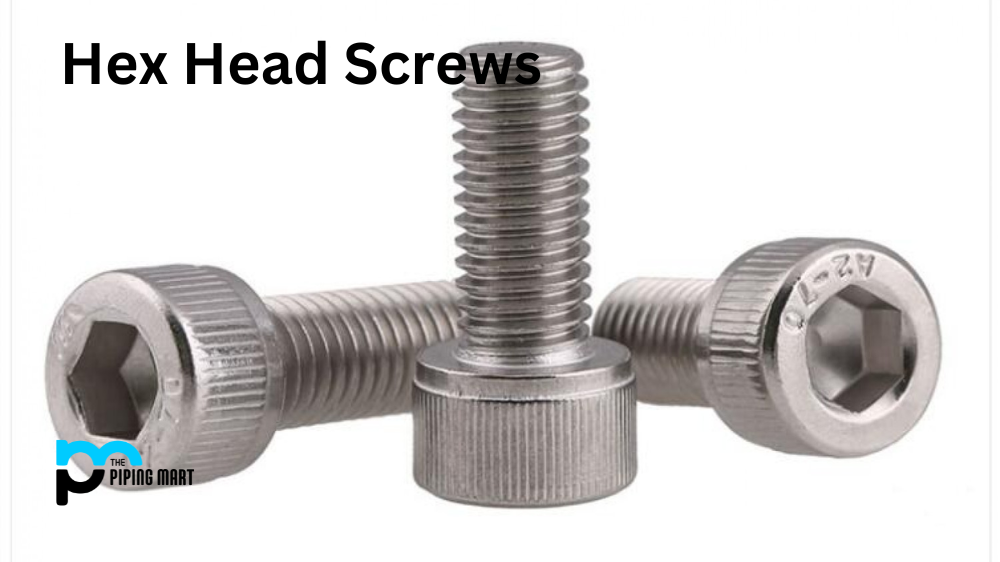When it comes to fastening applications, you can choose from various types of bolts, each with its own unique set of features. Two common types of bolts that you might have heard of are jack bolts and stud bolts. Although they may look similar, these two bolts are quite different in their design and use. In this blog post, we will explore the differences between jack bolts and stud bolts and help you determine which is best suited for your application.
What is a Jack Bolt?
A jack bolt is a type of bolt that is commonly used for clamping and holding applications. It has a threaded shank with a head at one end and a nut at the other end. Jack bolts are designed to be tightened using a wrench or spanner and are used to apply a compression force to hold two mechanical parts together. Common applications of jack bolts include hydraulic presses, gearboxes, and engine mounts. Jack bolts are ideal for applications that require frequent adjustments or repairs.
What is a Stud Bolt?
A stud bolt is commonly used for joining two separate mechanical parts together. It has a partially threaded shank with a continuous thread on the other end. Stud bolts are used in various applications, including flange connections, turbine engines, and pipeline assemblies. Unlike jack bolts, stud bolts are threaded at both ends, allowing for the addition of nuts to secure the parts.
Differences Between Jack Bolts and Stud Bolts
Although jack bolts and stud bolts may look similar, their design and usage have a few key differences. First, jack bolts are designed for clamping and holding applications, while stud bolts are used together. Additionally, jack bolts have a threaded shank with a head at one end and a nut at the other, while stud bolts have a partially threaded shank with continuous threads on both ends. This difference allows for nuts on both ends of the stud bolt.
Another significant difference between jack bolts and stud bolts is how they are tightened. Jack bolts are tightened using a wrench or spanner, while stud bolts use a torque wrench to achieve the correct amount of tension for the application. This is because stud bolts are designed to stretch slightly when tightened, creating a clamping force that tightly holds the two components together.
Which one is Best for Your Application?
When choosing between jack bolts and stud bolts, it is important to consider your application and the required force type. If you need to hold two mechanical parts together, a stud bolt may be the right choice since it has threaded ends that allow for the addition of nuts. However, a jack bolt may be the better choice if you need to apply a compression force to hold two parts together. Jack bolts are ideal for applications that require frequent adjustments or repairs, as they can be easily tightened and loosened using a wrench or spanner.
Selecting the Right Fastener for Your Needs
Selecting the right fastener for your application requires careful consideration of the specific requirements of your project. Factors to consider include:
- the load capacity
- the size of the component being fastened
- the temperature fluctuations
- the level of precision required
In general, jack bolts are better suited to heavy-duty applications where high load capacity and greater control over component alignment are required. Meanwhile, stud bolts are an excellent choice for various applications and are particularly useful in situations where movement and expansion are expected.
Conclusion:
In conclusion, the choice between jack bolts and stud bolts ultimately depends on your application and the required force type. While both bolts may look similar, they have distinct differences in their design and usage. Refer to your manufacturer’s specifications to determine which bolt type is right for your application. Doing so can ensure that your project is completed safely and efficiently, using the correct type of bolt for the job.
Sakshee is a talented blogger, with a particular focus on the Business and Metal Industry. She is passionate about sharing her insights on various metal products and helping professionals to make a better decisions.




